Tracing (in)tangibles



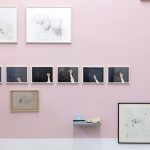

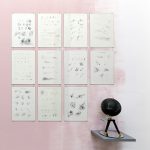
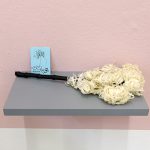
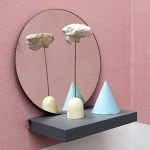
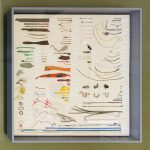

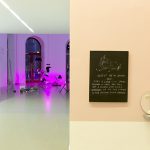

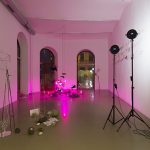

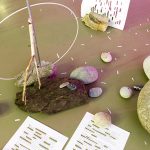
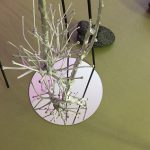

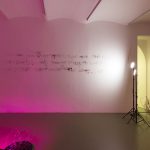
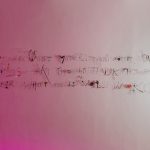
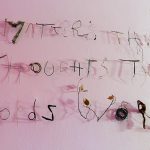
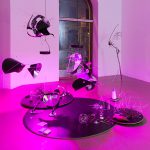
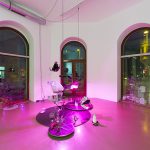

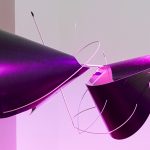
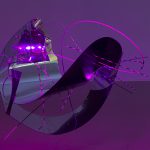
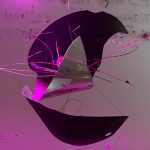
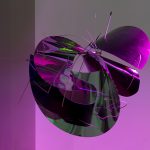
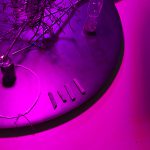
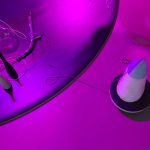

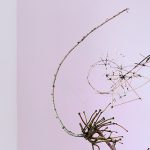
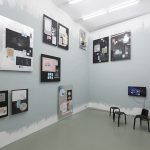
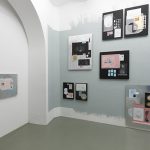
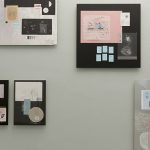
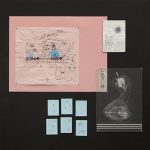
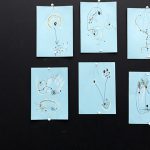

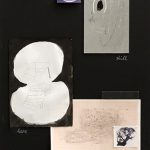

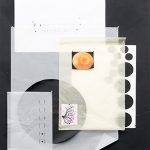

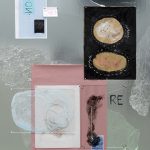
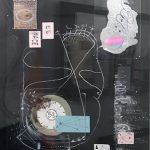

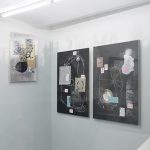

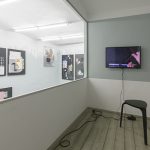
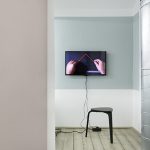
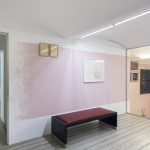
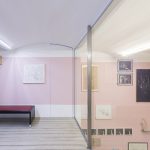
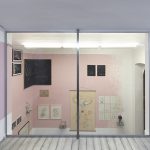
TRACING (IN)TANGIBLES
For his solo show at Gallery Crone Nikolaus Gansterer has transformed the exhibition space into a hybrid of archive, laboratory, and workshop where the possible materialities of thought and perception processes are explored and visualized. A boundless curiosity and insatiable desire for research necessitate Nikolaus Gansterer’s transdisciplinary work, an amalgamation of science, philosophy, music, dance, and fine art. He is fascinated by the intangible and the ephemeral.
How does thinking work and where does it take place? What role do sensory impressions, emotions, and bodily states play in this process? How do we relate to our environment and how do we perceive it? Gansterer explores these questions in the form of drawings, installations, performances, and video works.
Mental processes, moods, and sensations are recorded and materialized using a notation system of his own design. Regardless of common categories of thought or dichotomies, he questions the imaginary boundary between art and science. Similarly meticulous and intuitive is his search for overlapping areas where the two disciplines converge into science fiction.
The first room, with its dense array of drawings, photographs, and objects, looks like a condensed archive in which exhibits are not simply shown in isolation but embedded in a common narrative. The reference point here is the body, whose movements and sensations are archived in the form of records, logs, or maps.
In the series Maps of Bodying, Gansterer traces bodily states, depicting them as a living force field and source of creative tension. In the series Choreo-graphic Figures Diagrams movements are recorded in a very different way: based on an interdisciplinary research project, Gansterer developed his own form of notation in over three hundred drawings at the interface between drawing, writing, and dancing. A movement log of a different kind is represented in his Archiv der gefundenen Linien (Archive of Found Lines). This compilation of the smallest everyday objects corresponds to a kind of diary of things left behind, collected by the artist on walks. These site-specific time capsules found in Paris are methodically organized and provided with accurate documentation.
The exhibition’s first room thus becomes a clearly structured display in which museum-like forms of representation are referenced and simultaneously called into question. One then enters the gallery’s main room, which follows a completely different logic. One can still feel the presence of the artist, who transformed the room into a laboratory in the course of the installation.
What the visitor can see here are the traces of a Trans-Lecture performance. Gansterer has coined the term Trans-Lecture performance to summarizes an art practice that runs through his entire body of work and to which he refers in various formats: he listens to a lecture, a discussion, or an audiobook and simultaneously translates it into his own formal vocabulary. For the Trans-Lecture Performance, which Gansterer held to create the exhibition’s main room and visitors can now reconstruct in the remaining objects, fragments, and drawings, he used the recordings of the philosopher Donna Haraway reading from her book Staying with the Trouble. He listened to Haraway’s words and sentences with great concentration. Guided by her thoughts and accomplishments, he moved through the exhibition space, arranging and rearranging various bjects, drawing and composing notes, and then rubbing them out again.
Central to this is the Haraway’s concept of sympoiesis, which literally translates to “making things together.” Haraway assumes that nothing arises from itself or organizes itself. A sympoietic system is neither spatially nor temporally complete but repeatedly redefines itself using internal referential connections. Likewise, the body can be understood as an open form that is in constant communication with its environment and all of its living and nonliving matter. Additionally integrated into this network of relationships, our thought processes do not take place in isolation in the mind but in an interim space comprised of both sensory impressions and sensations.
While the performative work of Trans-Lectures exists only in the traces the artist has left behind, the three-part video piece Untertagüberbau captures this translation process cinematically. Here elements from the animated film connect with drawing and performance. Objects from the studio, found materials, and even living protagonists populate the desk on which Gansterer draws, makes notes, arranges items, and spins tales. The video camera observes the events from an elevated perspective. We see worlds emerge and collapse, pursue strands of thought that are spun, interwoven, and dissolved again. Ephemeral thought processes are captured and materialized and embedded into a sound composition by Martin Siewert.
This also occurs, albeit in different form, in the collages or pinograms, which are integrated with the videos into a large-scale display. They too trace thought processes structured as complex assemblages. Emotions, ideas, and conjectures are superimposed, obscuring or referencing each other. The artist pinned translucent paper, aluminum foil, plexiglas, and various other materials to wooden boards in an extension of Aby Warburg’s Mnemosyne Atlas, thereby creating fields of association and conceptual constellations.
Nikolaus Gansterer sees our world as a complex frame of reference. He approaches this complexity not by reduction, but by a variety of translation methods. What he captures in the microsystem of collage, we rediscover on a grander scale in the display of the gallery space—and vice versa. Video props emerge as real scenery in the spatial installations and are used for performances or arranged in collages alongside each other.
As the title tracing (in)tangibles suggests, the artist traces (in)tangible processes of thought and perception, reproducing them in highly diverse aggregate states: at times solidified in the form of collages or drawings, other times fluidly in the video works seemingly visualizing a stream of thought, and sometimes fleetingly in the main room’s arranged objects that convey the continued presence of the artist.
Nikolaus Gansterer, tracing (in)tangibles, solo exhibition at Gallery Crone, Vienna, Austria
Duration: 25 October 2019 – 11 January 2020
Opening hours: Tue – Fri, 11:00 – 18:00; Sat, 11:00 -15:00 and by appointment
Galerie Crone: Getreidemarkt 14 / Eschenbachgasse, 1010 Vienna, Austria, http://galeriecrone.com/
Dowload press release: Nikolaus Gansterer, tracing (in)tangibles, German + English (pdf)
Reviews:

